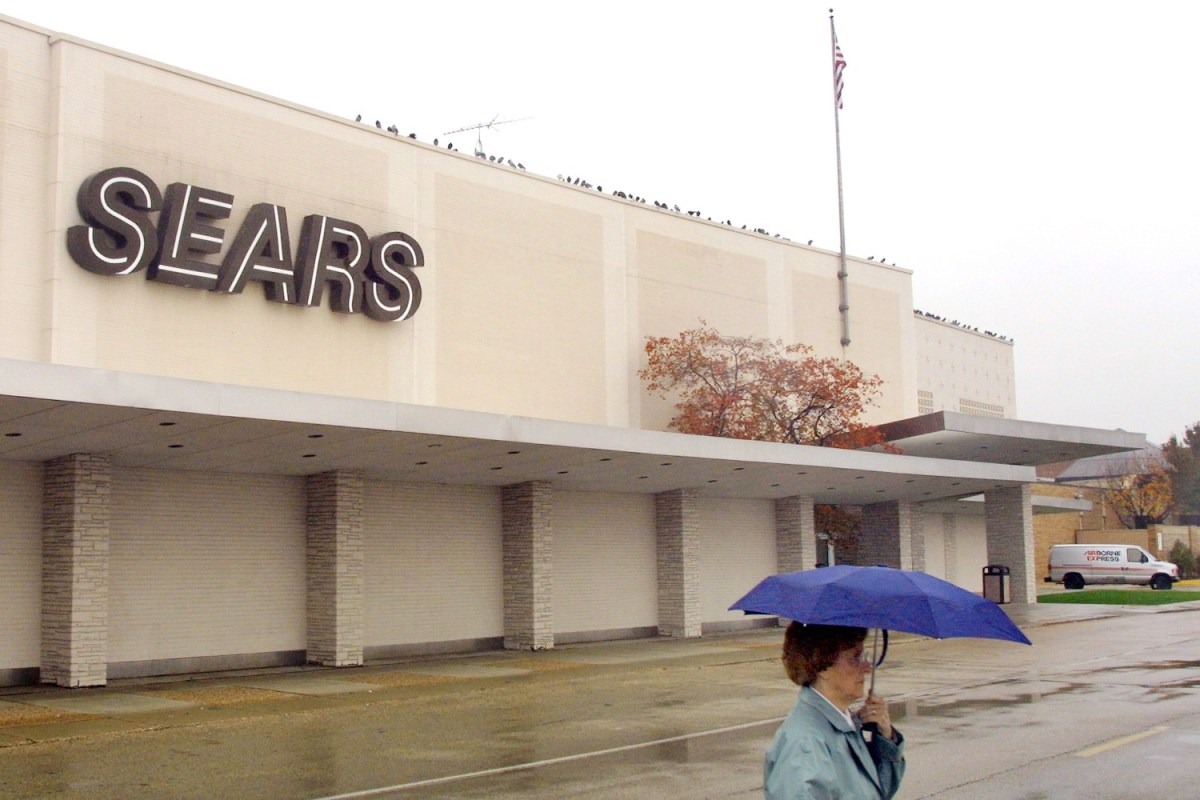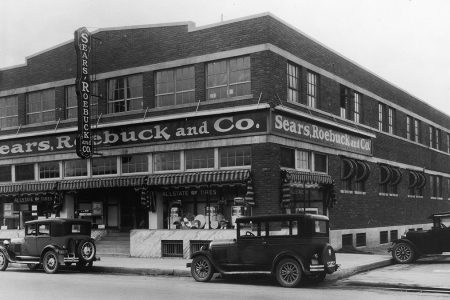A few weeks ago, I was interviewing a writer about their new book when conversation turned to something that was, in the days before the internet became ubiquitous, a source of constant fascination while growing up. That would be the annual Sears catalog, which assembled virtually everything you could buy from the retailer in question. Now, those catalogs are long gone — and Sears itself isn’t doing much better, with the planned closure of Sears Hometown stores announced late last year.
There’s been a lot written about how Sears went from a retailing empire to a company in the midst of a slow collapse — and, as Insider noted in an article on the subject, the rise of Amazon certainly played a role in it. But a recent article at Air Mail by William D. Cohan makes a convincing argument that many of Sears’s issues could have been dealt with in a far less traumatic way — potentially saving thousands of jobs.
Cohan has an eye for chronicling massive corporations’ changes in fortune; last year saw the publication of Power Failure, his acclaimed book on the rise and fall of General Electric. In the Air Mail article, he zeroes in on the contributions of one man to Sears’s ill fortune: Eddie Lampert. Cohan writes that Lampert became the majority owner of Kmart in 2003. “Two years later, Lampert merged Kmart with Sears to create Sears Holdings,” Cohan writes. “It’s been an unmitigated disaster since then.”
Among Lampert’s decisions that Cohan critiques were selling off or licensing the names for some of Sears’s most popular products, including Craftsman tools and Die Hard batteries, to other companies. Remember the DieHard battery commercial with Bruce Willis that aired in 2020, where Willis wound up in an Advance Auto Parts location? You’ll note that Willis did not pay a visit to a Sears in the ad in question.
How Sears Went From Boom to Bankruptcy
The retailer was an innovator of its time, but now, a lot of its business is going away.Cohan’s article is especially damning for the ways in which Lampert’s ownership of Sears accelerated the company’s decline. At times reading it feels like an autopsy — albeit one with a sense that it didn’t have to be this way, and where Sears could be a much more functional company today had a few decisions not been made.
Thanks for reading InsideHook. Sign up for our daily newsletter and be in the know.


















